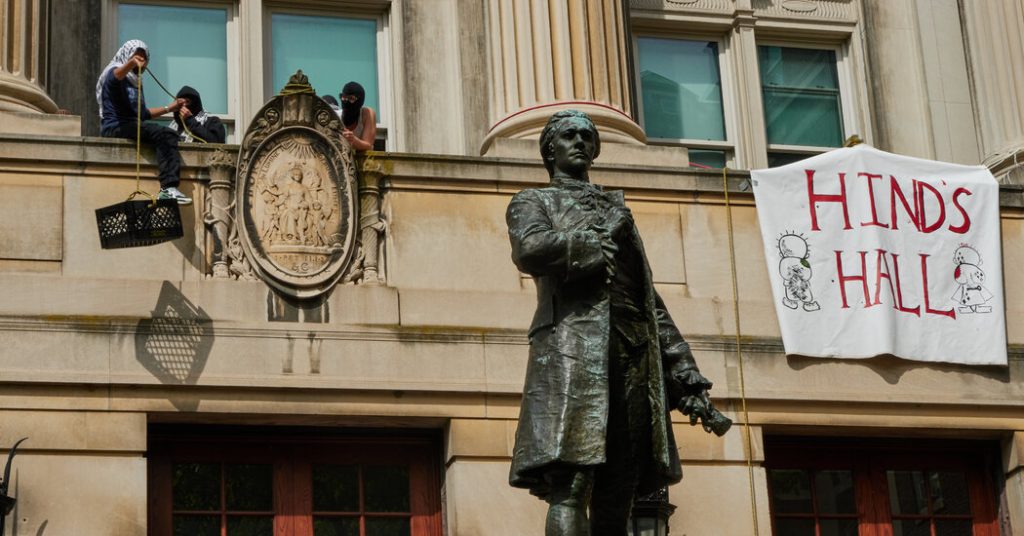On the anniversary of the Columbia University protests, a new occupation was forcefully ended by police, resulting in 109 arrests. The mayor claimed that some of the arrestees were “outside agitators” radicalizing students. History shows that protests for marginalized groups often lead to positive change, despite initial public disapproval. While the current protests have garnered attention, the demands for divestment from companies profiting from the Israeli occupation have not been met, leading to campus closures and police presence.
As movements gain publicity, the original purpose can become overshadowed. ACT UP activist Peter Staley noted that extreme tactics can detract from the main issue, recounting a controversial demonstration in 1989. He believes that when tactics dominate the narrative, the movement needs to reassess its direction. The recent campus protests reveal institutional shortcomings in higher education, where values like critical thinking and evidence-based arguments are not effectively instilled. The protesters’ demands may seem vague, lacking in thorough consideration of divestment implications and Israel’s future.
The protests echo the Occupy Wall Street movement, driven by a general sense of injustice without clear solutions. The sense of collective outrage sustains the protesters, but the lack of a coherent plan may hinder progress. At Brown University, a positive outcome was achieved through dialogue and engagement between students and administrators, leading to a formal advocacy opportunity before the trustees. In contrast, Columbia’s decision not to divest from Israel resulted in the forceful dismantling of the occupation, highlighting the importance of constructive dialogue in achieving goals.
The failure to come to a resolution at Columbia, despite intervention from political and community leaders, underscores the challenges of balancing activism and administrative responses. While Brown students have a chance to present their case for divestment, there is skepticism about the outcome. The students will have the opportunity to present their strongest arguments, but the final decision lies with the school’s governing body. The protests raise questions about the role of universities in instilling values and fostering meaningful dialogue in addressing social justice issues.


